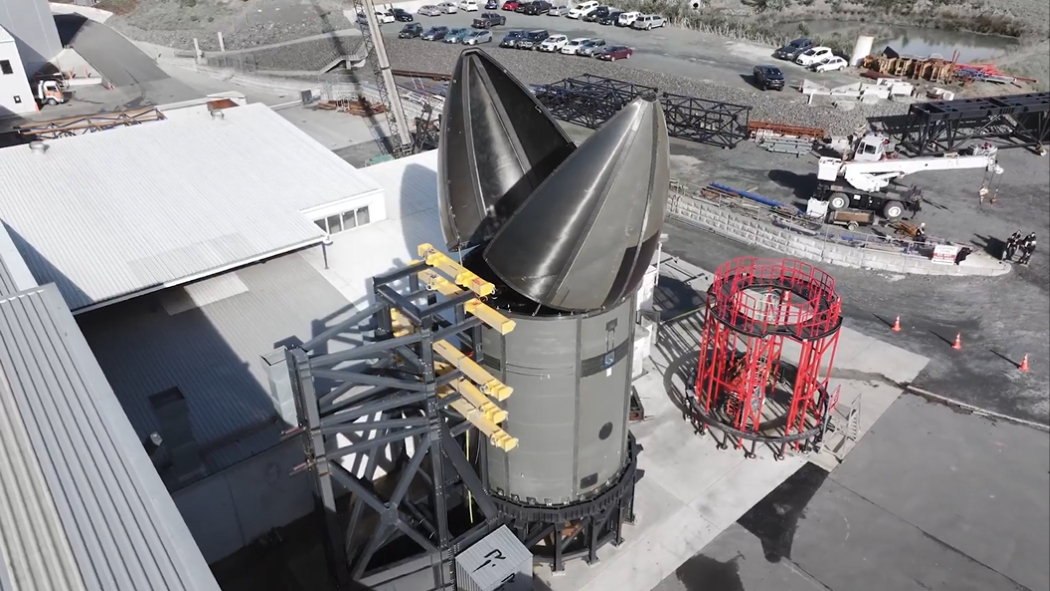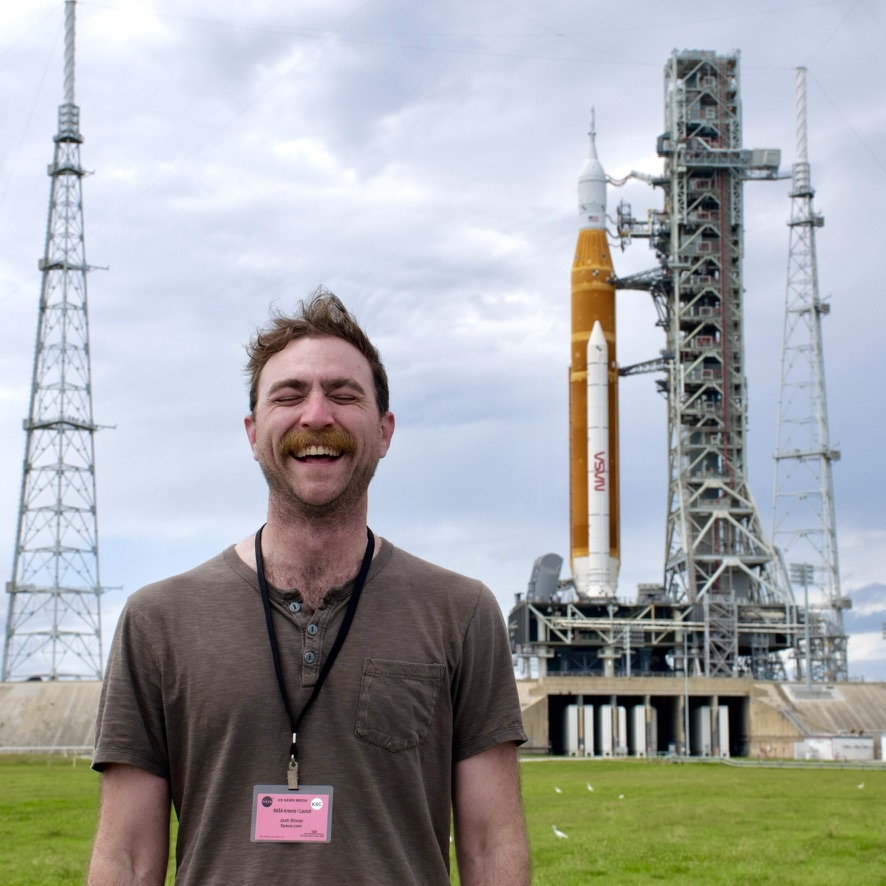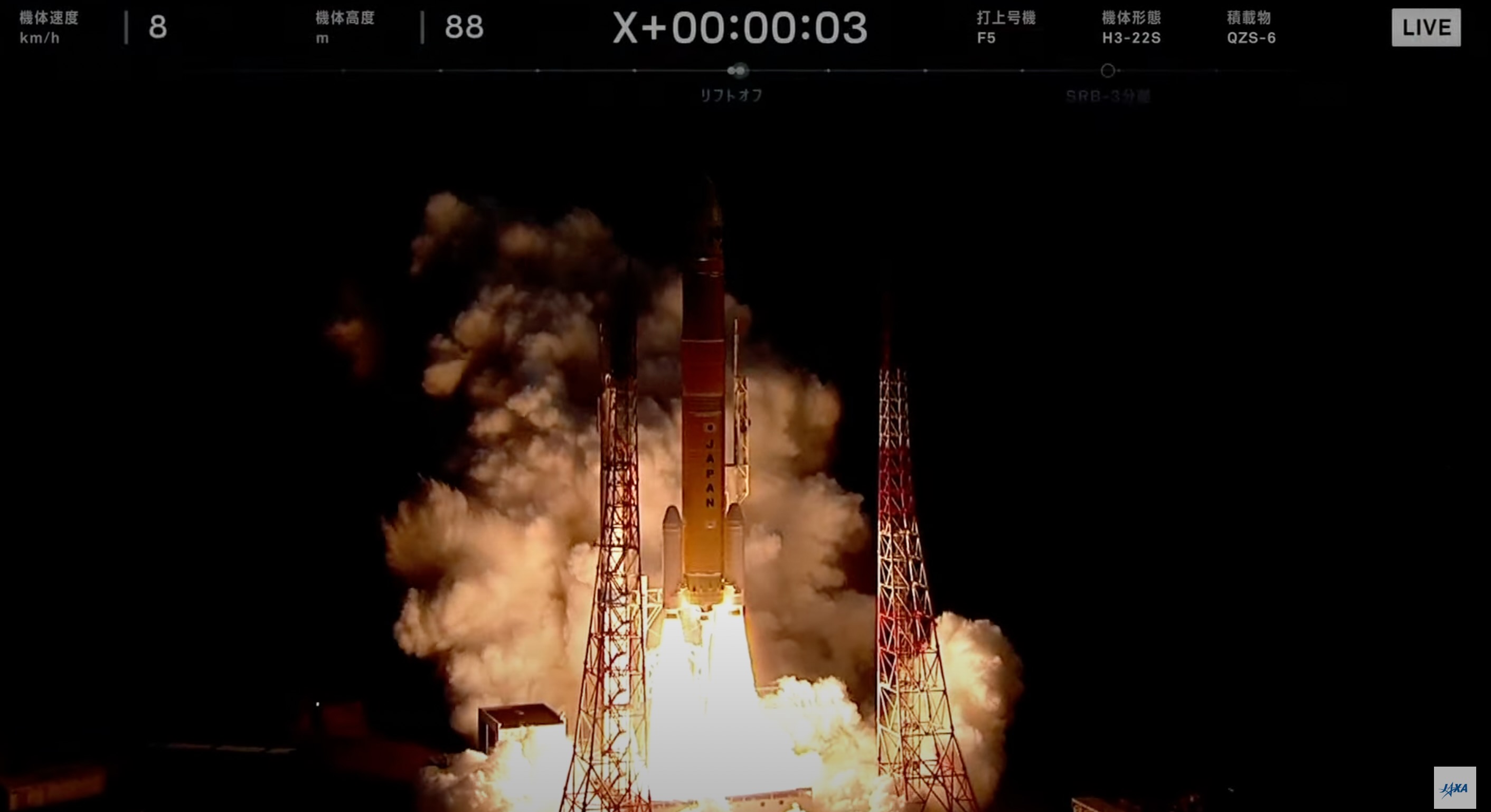US military taps Rocket Lab’s new Neutron launcher for ‘point to point’ cargo test flight in 2026
"This opportunity for the U.S. Air Force not only helps to advance space logistics, it also demonstrates a high degree of confidence by the DOD in Neutron’s capabilities."

Rocket lab is lining up missions for its new Neutron rocket, as the vehicle approaches its debut launch later this year.
A new partnership between Rocket Lab and the U.S. Air Force Research Laboratory (AFRL) has tapped Neutron for a launch and return-to-Earth mission no earlier than (NET) 2026. The flight will test Neutron's reentry capabilities and the rocket's viability for the AFRL and Department of Defense's (DOD's) global point-to-point cargo transportation objectives.
Rocket Lab is targeting later in 2025 for the debut of the partially reusable Neutron, with contracted launches to start in 2026. The newly announced AFRL mission will employ Neutron for a "rocket cargo survivability experiment" under AFRL's Rocket Experimentation for Global Agile Logistics (REGAL) initiative, which taps commercial launch providers to support rapid delivery around the word. The contract could mark a major step forward in establishing Neutron as a national security asset.
Rocket Lab has been launching its 59-foot-tall (18 meters) tall Electron rocket since 2018, and has significantly increased its launch cadence over the past few years. The expendable Electron is capable of lifting up to 660 pounds (300 kilograms) to low Earth orbit (LEO), and up to 440 pounds (200 kg) to sun-synchronous orbit. Neutron is Electron's medium-lift successor, built for larger payloads and national security missions.
Neutron is being manufactured using carbon composites for the rocket's major structures and powered by nine Rocket Lab-built Archimedes engines in its first stage. The rocket will stand 141 feet (43 m) tall with a 23-foot (7 m) diameter, compared to Electron's 3.9-foot (1.2 m) diameter. Neutron's larger size and increased payload capacity also up its payload capacity to an expected 28,700 pounds (13,000 kg) to LEO.
The new contract for Neutron with the AFRL establishes,"a new era of commercial launch capability to advance global defense logistics for the nation," Rocket Lab said in a release.
"Neutron is a powerful new launch option that will set a new standard for performance, affordability, and reliability for government and commercial space users in medium launch," Rocket Lab founder and CEO Peter Beck said in the statement. "This opportunity for the U.S. Air Force not only helps to advance space logistics, it also demonstrates a high degree of confidence by the DOD in Neutron’s capabilities."
Breaking space news, the latest updates on rocket launches, skywatching events and more!
That confidence is evident in the contract's apparent timeline, which targets Neutron's mission with the AFRL during, or just after, the rocket's first several test launches next year. On May 8, Rocket Lab released new video of one of Neutron's upper-stage qualification tests, featuring the rocket's "hungry hippo" payload fairing mechanism and fins.
Neutron's partially reusable system works by launching the rocket's first stage, with its second stage contained entirely within the payload fairing. Once at altitude, Neutron will open its hungry hippo jaw to release the second stage and its payload for orbital insertion. Rocket Lab has also unveiled plans for a modified offshore barge named "Return on Investment," which will serve as an ocean landing platform for Neutron's first stage.

Josh Dinner is the Staff Writer for Spaceflight at Space.com. He is a writer and photographer with a passion for science and space exploration, and has been working the space beat since 2016. Josh has covered the evolution of NASA's commercial spaceflight partnerships and crewed missions from the Space Coast, as well as NASA science missions and more. He also enjoys building 1:144-scale model rockets and human-flown spacecraft. Find some of Josh's launch photography on Instagram and his website, and follow him on X, where he mostly posts in haiku.
You must confirm your public display name before commenting
Please logout and then login again, you will then be prompted to enter your display name.
